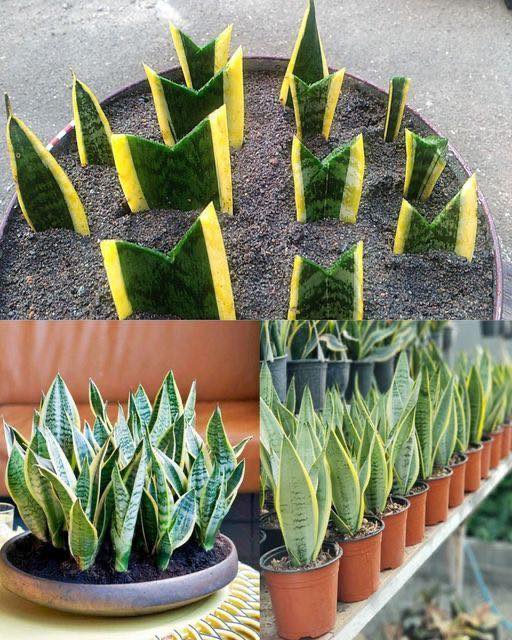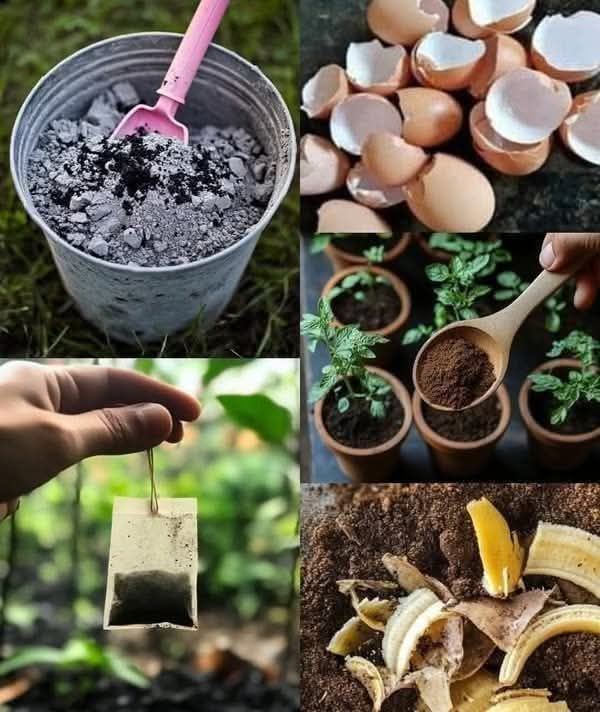Orchids, with their delicate yet stunning blooms, are a symbol of beauty and elegance. However, getting these exquisite flowers to bloom can be a challenge. Many orchid enthusiasts wonder how they can encourage their plants to bloom more reliably, especially if they feel like their orchids are underperforming. If you want to bring out the best in your orchids, whether they’re Phalaenopsis, Cattleya, or Dendrobium, following the right care techniques and using natural strategies will set you on the path to success. In this article, we’ll explore tips and tricks shared by Romain Le Tallec, an expert florist from Lyon, who offers insights on how to make orchids bloom naturally.
Winter Care and Vegetative Awakening
Winter can be a challenging season for plants, especially for tropical varieties like orchids. These plants, however, are naturally well-suited for winter cultivation. While they may seem dormant or less active, this period is an essential phase in their annual cycle. For orchids, especially those grown from bulbs or rhizomes, winter serves as a time of vegetative rest and preparation for the lush growth and blooming that will follow in spring.
During this time, it’s important to adjust your care routine to ensure the orchids stay healthy and well-prepared for their awakening in the warmer months. Many orchids, such as the Phalaenopsis, benefit from the cooler temperatures and reduced light levels typical in winter. However, careful attention is still required to ensure they have the nutrients, water, and humidity they need to thrive.
Romain Le Tallec’s Expert Tips for Orchid Care
Romain Le Tallec, a florist and orchid expert from Lyon, shares his top tips for keeping orchids healthy and encouraging them to bloom. With his extensive experience, Romain emphasizes the importance of understanding the orchid’s natural environment and adjusting your care accordingly. Whether you’re a novice or an experienced orchid grower, these practical tips will help you achieve the best results.
Natural Fertilizers for a Spectacular Bloom
Orchids are not heavy feeders, but they do appreciate the occasional boost from nutrient-rich fertilizers. Instead of relying on commercial chemical fertilizers, which can sometimes be too harsh on orchids, Romain recommends using natural alternatives that can promote healthy growth and vibrant blooms.
Banana Peel Magic
One of the best natural fertilizers for orchids is the humble banana peel. Bananas are packed with essential nutrients like potassium, calcium, and magnesium, which orchids need for healthy growth. Instead of discarding banana peels, you can turn them into a nutrient-rich solution for your orchids.
To create a banana peel fertilizer, simply cut up banana peels and soak them in water for a few days. The water will absorb the nutrients from the peels, and you can use this banana tea to water your orchids. The minerals in the banana peel will help strengthen the plant and support blooming.
Eggshell Boost
Eggshells are another fantastic natural fertilizer for orchids. They contain high amounts of calcium and potassium, which are vital for healthy root development and flowering. To use eggshells as fertilizer, crush them into small pieces and sprinkle them on the surface of the orchid’s soil. Alternatively, you can mix them into the soil for a longer-lasting nutrient boost. Eggshells help to improve the structure of the soil, preventing it from becoming compacted, and they also promote healthy root systems.
Fireplace Ash Fertilizer
It may surprise you to learn that the ashes from your fireplace can make a great fertilizer for orchids. Fireplace ashes are rich in potassium, phosphorus, and calcium – nutrients that orchids need to bloom. If you have a wood-burning fireplace, save the ashes and use them sparingly in your orchid’s soil.
To apply, mix the ashes into the soil or sprinkle them lightly over the surface. Be sure not to overdo it, as too much ash can alter the pH balance of the soil. Fireplace ash is especially helpful for orchids that need a little extra push to bloom during their growing season.
Banana Tea & Powder
Both sun-dried and oven-dried banana peels can be transformed into a beneficial tea or powder, which serves as an excellent orchid fertilizer. To make banana tea, dry out banana peels and steep them in hot water for a few hours. The tea can then be used to water your orchids. Alternatively, you can dry the banana peels completely and grind them into a fine powder, which can be sprinkled over the soil or mixed into the orchid’s potting medium.
Banana powder or tea is rich in trace minerals that orchids need to stay healthy and bloom beautifully. This simple trick is both cost-effective and environmentally friendly.
Vegetable Cooking Water
An unexpected yet effective fertilizer is the nutrient-rich water from boiled vegetables. When you cook vegetables like potatoes, carrots, or leafy greens, the water absorbs a lot of the nutrients from the vegetables. Instead of throwing this nutrient-dense water down the drain, save it and use it to water your orchids.
The vitamins and minerals found in the vegetable cooking water provide a natural, gentle boost to your orchids. It’s a great way to recycle kitchen waste while nourishing your plants. Just make sure the water has cooled before using it on your orchids, and don’t add any salt or seasonings.
Fertilizing Schedule and Tips
Using these natural fertilizers is easy, but it’s important to apply them judiciously. Over-fertilization can harm your orchids and cause them to become stressed. Romain advises that you fertilize your orchids once a month during the winter months, increasing the frequency as new shoots appear in the spring.
When applying any fertilizer, be sure to follow the recommended quantities. Too much of even the best natural fertilizers can cause the soil to become too rich, which can lead to root rot or an imbalance in the plant’s growth.
Remember, it’s also important to water your orchids thoroughly when applying fertilizers. This helps the nutrients disperse evenly throughout the soil and ensures that the roots can absorb them properly.
Troubleshooting: Why Isn’t My Orchid Blooming?
Orchids are notoriously picky when it comes to blooming, and sometimes they can be slow to produce flowers. If your orchid isn’t blooming, it could be due to a variety of factors. Below are some common reasons why orchids fail to bloom and how you can address them.
1. Insufficient Light
One of the most common reasons why orchids don’t bloom is insufficient light. Orchids need bright, indirect sunlight to bloom, but direct sunlight can scorch their delicate leaves. If your orchid is not getting enough light, try moving it to a brighter spot. If this isn’t possible, you may want to consider using a grow light to supplement the natural light.
2. Inadequate Temperature
Orchids thrive in warm, humid conditions. While they are adaptable to cooler temperatures, they need a period of warmth to encourage blooming. Make sure your orchid is in a room that is warm but not hot, as extreme temperatures can stress the plant and inhibit blooming. A temperature range between 60°F (15°C) and 80°F (27°C) is ideal for most orchids.
3. Low Humidity
Orchids are native to tropical climates, and they prefer a humid environment. If the air in your home is too dry, your orchid may not bloom. To increase humidity, consider using a humidifier or placing a shallow tray filled with water and pebbles near the plant. This will help maintain moisture in the air around the orchid.
4. Stress from Overwatering or Underwatering
Overwatering and underwatering can both stress an orchid and prevent it from blooming. Make sure your orchid is in a well-draining pot and avoid letting the plant sit in standing water. Check the moisture level of the soil before watering. Orchids typically need to dry out a bit between waterings.
5. Improper Fertilization
If you’re over-fertilizing your orchid, it can cause damage to the plant and prevent blooming. Be sure to use natural fertilizers in moderation, and always follow the recommended dosage. Too much fertilizer can lead to nutrient imbalances in the soil.
Conclusion
By following these expert tips from Romain Le Tallec, you can successfully encourage your orchids to bloom and thrive. With the right care, patience, and natural fertilizers, your orchids will produce beautiful, vibrant flowers year after year. So, whether you’re new to orchid care or an experienced enthusiast, keep these simple strategies in mind to make the most of your plant’s blooming potential. Happy gardening!





